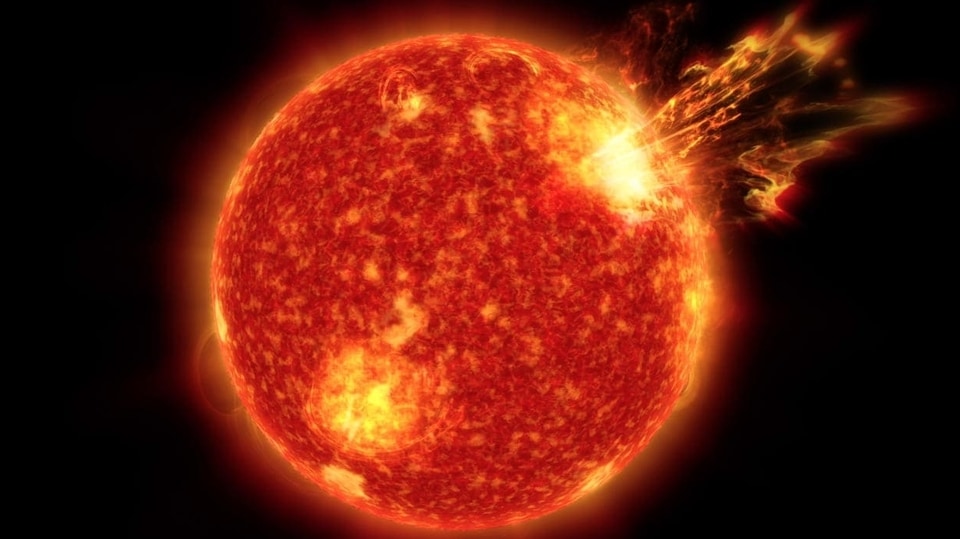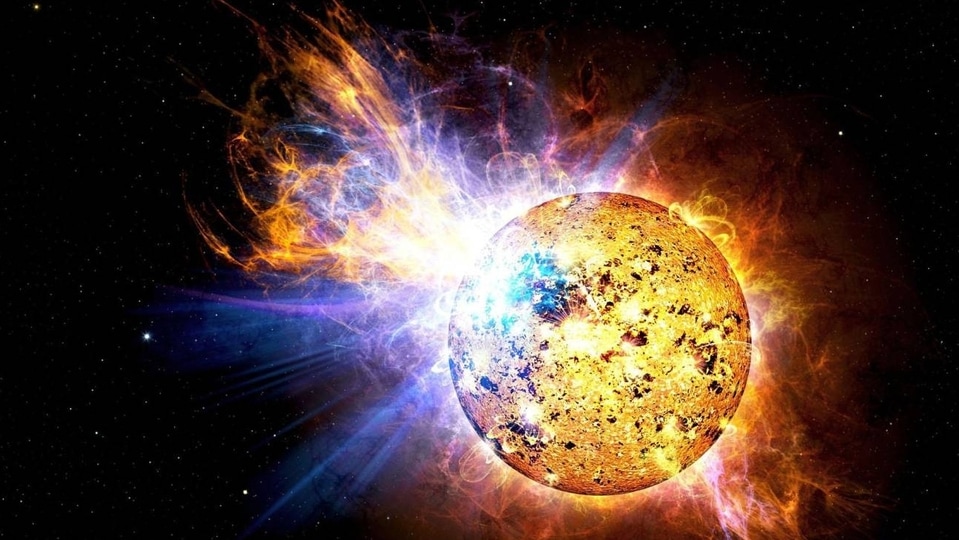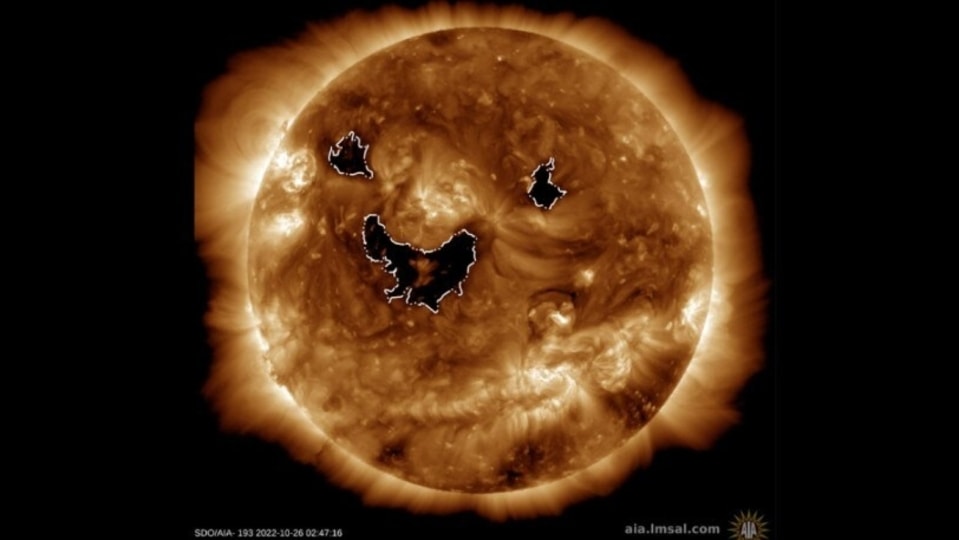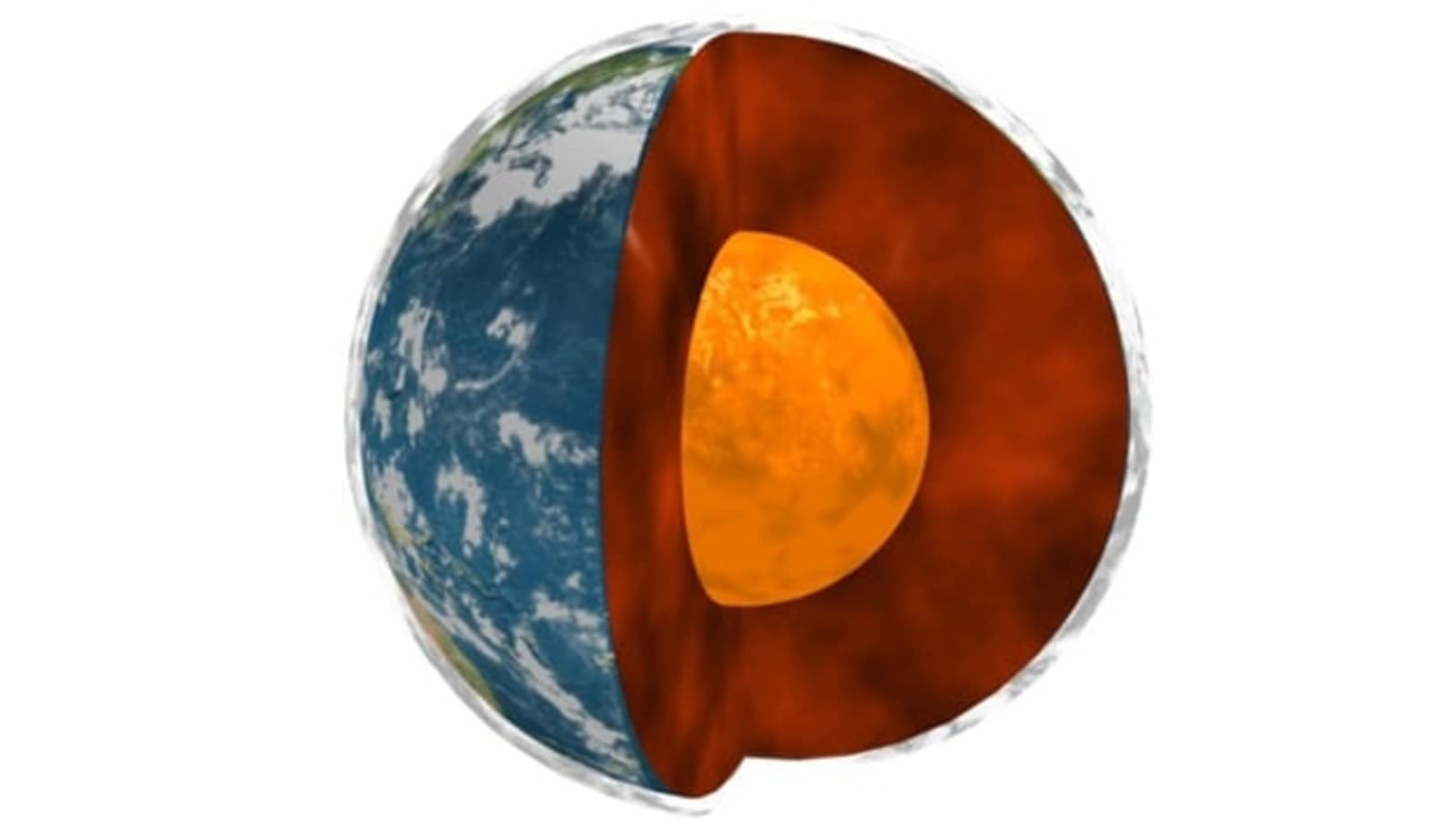Earth's core stopped, started spinning in the opposite direction! Planet in crisis?
The Earth's core may well have stopped and it has even changed direction, says this new study.

_1658567219974_1658567228615_1658567228615.jpg)





 View all Images
View all ImagesEarth is composed of four main layers, starting with an inner core at the planet's center, enveloped by the outer core, mantle, and right on top is the crust. The inner core is a solid sphere made of iron and nickel metals about 1221 kilometers (about the distance from Florida to New York City) in radius, according to NASA. It is the innermost layer of our planet, and it plays a crucial role in maintaining the planet's overall stability and magnetic field. Even though it is deep beneath the Earth's surface, the core is an integral part of the planet. However, there might be cause for concern as a study reveals it may have stopped and started spinning in the opposite direction.
The team of researchers conducted the study by analyzing seismic waves from earthquakes which have rocked the Earth for the past 60 years. It was published in the Nature Geoscience journal. Researchers Xiaodong Song and Yi Yang of China's Peking University, who were authors of the study, discovered that the Earth's core came to a standstill back in 2009 and then started spinning in the opposite direction.
"We believe the inner core rotates, relative to the Earth's surface, back and forth, like a swing," they told AFP. According to them, one cycle of the swing movement lasts about 70 years. This means the Earth's core changes its direction of spin every 35 years. It previously changed direction in the 1970s and the next change could occur in the 2040s.
Although there is little indication of any major impact of this change on the people living on the surface of the planet, the researchers believe all the layers of the planet are connected.
However, experts who are not involved in the study expressed their concern over the findings as none of the current models can explain all of the data properly.
What if Earth's inner core changes direction
If the Earth's inner core were to change its direction, it would likely have significant effects on the planet's magnetic field, which is generated by the motion of liquid iron in the outer core. This could potentially cause disruptions to weather patterns and satellite and power grid operations, as well as increase the amount of solar radiation reaching the surface.
Catch all the Latest Tech News, Mobile News, Laptop News, Gaming news, Wearables News , How To News, also keep up with us on Whatsapp channel,Twitter, Facebook, Google News, and Instagram. For our latest videos, subscribe to our YouTube channel.




























